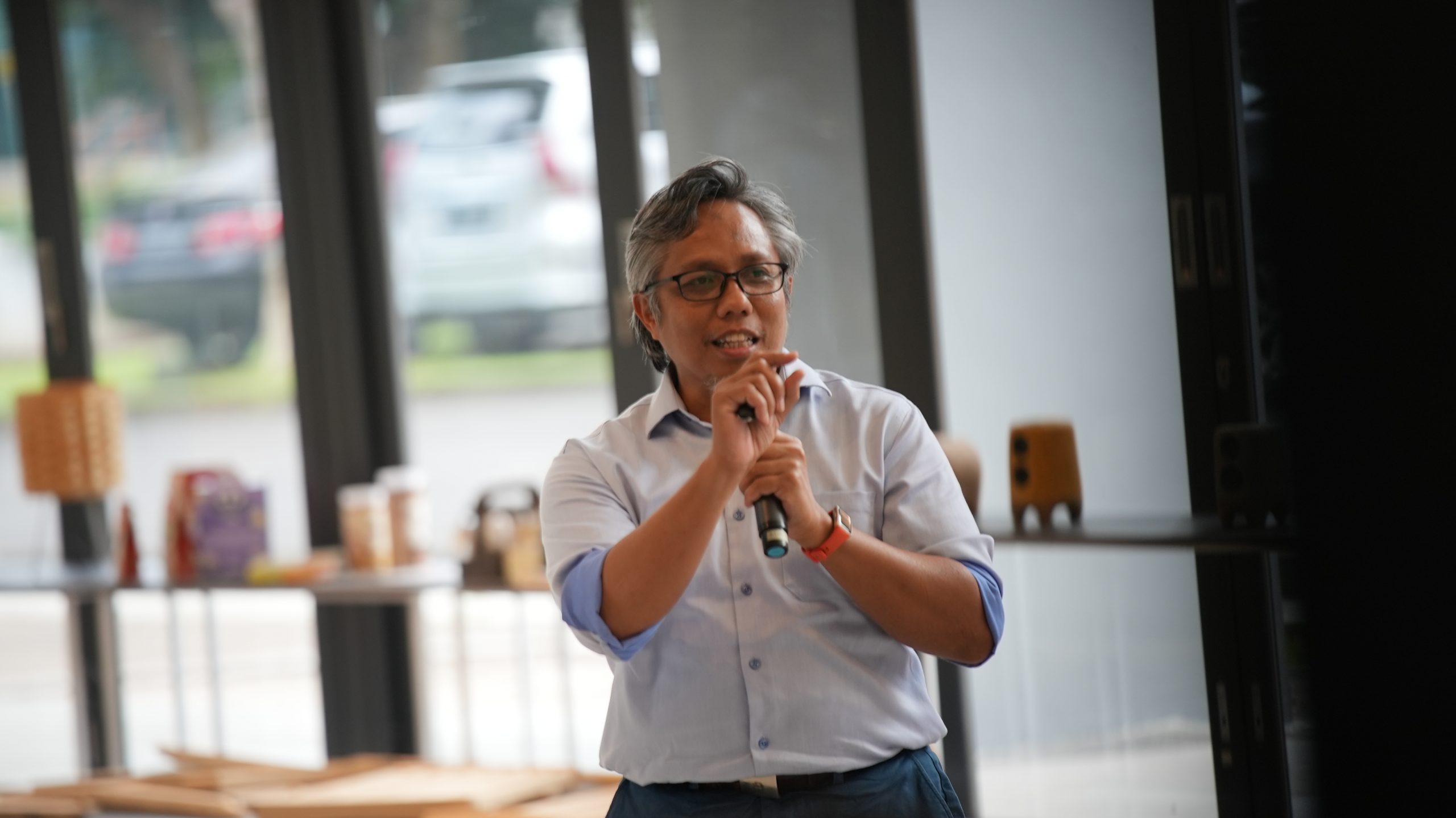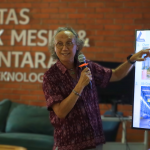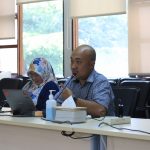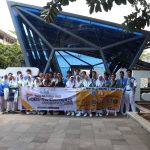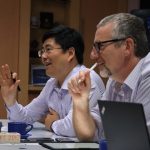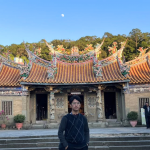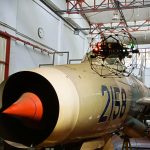Prof. Tatacipta in Dialogue on Art and Technology: Aesthetics and Biomechanics
Bandung: The Faculty of Art and Design (FSRD), in collaboration with the Institute for Research and Community Service (LPPM) of the Bandung Institute of Technology (ITB), organized a webinar entitled “Dialogue on Art and Technology; Aesthetics and Biomechanics” on Wednesday (January 18, 2023). In this webinar, FSRD ITB invited Prof. Tatacipta Dirgantara, the Dean of the Faculty of Mechanical and Aerospace Engineering (FTMD), guided by respondent Achmad Syarief, MSD., PhD. The webinar was conducted in hybrid, broadcast live from the Design Centre of FSRD ITB through the Zoom application and the YouTube channel of LPPM ITB.
Dialogue on art and technology highlights the importance of collaboration between art and technology in the engineering product design process. This collaboration aims to ensure the success of products in achieving their goals. The interdisciplinary interactions and approaches that take place can assist designers in providing the functionality of the products.
The forum discusses the connection between engineering design and industrial product design. Engineering design is a discipline within the Faculty of Mechanical and Aerospace Engineering (FTMD), while industrial product design is within the Faculty of Fine Arts and Design (FSRD). Both disciplines involve designing objects but differ in perspective and emphasis, whether on appearance or functional aspects.
Industrial design aims to enhance the aesthetics and utility of products based on principles of art and production, while engineering design aims to create ideal products that meet technical specifications and user requirements.
During the presentation, Prof. Tatacipta mentions that collaboration between engineering and industrial product design can produce visually appealing products that meet user qualifications and specifications.
A prosthetic leg is an example of engineering product design resulting from interdisciplinary interactions and approaches—initially, the design aimed to support people with disabilities in regaining their mobility. Prof. Tatacipta notes that the mechanical engineering students focused just on the mechanisms and kinesthetics of the prosthetic leg. Eventually, Rahma Ari Fauziah, a student of Product Design in the FSRD class of 2010, joined the research and design team (Biomechanics Team) to contribute to the prosthetic leg design.
Rahma took an unconventional approach to engineering students by conducting interviews and observations to understand the needs of prosthetic leg users. This approach facilitated interaction between users and the developed product, resulting in a prosthetic leg aligned with user requirements and cultural aspects.
Rahma also identified the need for an above-knee prosthetic fairing, which later became a fashion trend for prosthetic leg users. This was an aspect that engineering students had yet to consider.
After a long journey, the outcome of this multidisciplinary collaboration is a prosthetic leg that can be used for prayer, sitting, and various other movements. The product has now been patented and is benefiting individuals with disabilities.
“Hopefully, this forum will open doors for more intensive interactions related to design activities, especially multidisciplinary interactions, which should be emphasized,” explained Prof. Tatacipta during his presentation.

